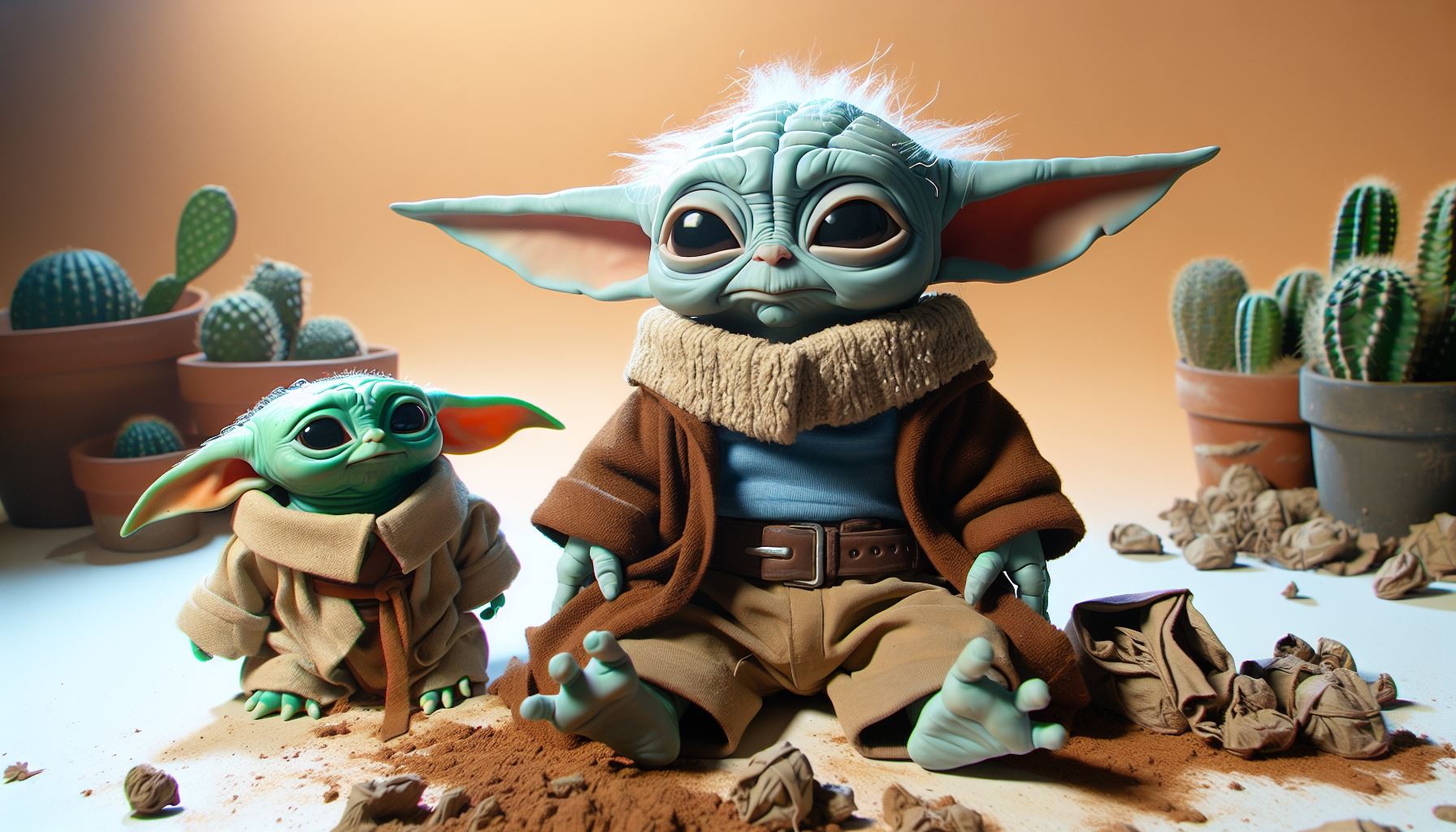The characters can be flat or round, static or dynamic, main or secondary, but they all serve a purpose in the story and have a specific character role. Understanding these roles helps a lot when planning a novel or screenplay. Next, you will find a list with the most common character roles, together with their main features:
- The Protagonist
- The Antagonist
- The Sidekick
- The Protagonist’s Helpers
- The Antagonist’s Helpers
- The Mentor
- The Guardian
- The Goal
- The Confidant
- The Impact Characters
The Protagonist
The protagonists are the most relevant characters in any story because they are the story. The weight of the plot rests on them. Everything that happens affects them, their character arc leads us to continue reading page after page, and they are usually the characters with whom readers identify most.
There can be stories with a single protagonist or several, and they can be regular people, heroes, antiheroes, or even villains. The key is that the plot events happen to this character.
Although I am sure we all have in mind many protagonists who have fascinated us both in literature and cinema, I will give some examples of well-known protagonists:
- Elizabeth Bennet in Pride and Prejudice by Jane Austen.
- Luke Skywalker in Star Wars
- Emma Bovary in Madame Bovary by Gustave Flaubert
- Holden Caulfield in The Catcher in the Rye by J.D. SalingerGregor
- Samsa in The Metamorphosis by Frank Kafka
As examples of protagonists who can also be villains, there is Jordan Belfort in The Wolf of Wall Street and Tom Ripley in The Talented Mr. Ripley.
🎓 Learn more: How to Create the Perfect Character Profile Template
The Antagonist
The antagonists are directly linked to the protagonists since they oppose the protagonists from achieving their goal in the story. They are very easy to identify in most classic stories because the antagonists are the bad guys, but it does not always happen that way. Let’s see what types of antagonists we can find:
The Antagonist as a Villain
Just the bad guys, as I said before, and very easy to recognize: Darth Vader and Emperor Palpatine in Star Wars. Voldemort in Harry Potter. The Joker in Batman.
The Antagonist as a Conflict-Creator
Sometimes, the antagonists can be more subtle characters, not necessarily the bad guys, and we can identify them only because they are the ones who generate conflict with the protagonist, as in the case of Mr. Darcy in Jane Austen’s Pride and Prejudice.
The Antagonist as an Inanimated Force
Sometimes, the antagonist is not a character but an inanimated force, such as a force of nature, the passage of time, or society. However, in these cases, we can use a character to represent that force, like the giant fish in Hemingway’s The Old Man and the Sea, which performs time and nature relentlessly against the protagonist’s mortality.
For example, in the case of a character against the system, we could use a politician or a bureaucrat who represents the system, although the antagonistic force is an element superior to that character.
Examples of nature as an antagonistic force could be any disaster movie, like Twister or The Perfect Storm. Another inanimate force as an antagonist is George VI’s stuttering in The King’s Speech.
The Protagonists Themselves
Finally, we can find a case of internal antagonism when it is the lead character who boycotts themself, or who arises as a source of internal conflicts.
Holden Caulfield in J.D. Salinger’s The Catcher in the Rye works as an example of this. While Holden comes into conflict with many characters in the novel, the story’s central conflict arises within him as a result of his obsessions and insecurities.
🎓 Learn more: How to Come Up With Great Character Names Ideas
The Sidekick
This type of character appears in many stories, in some even as deuteragonists. The sidekicks are the characters that accompany the protagonists on their journey, helping them whenever possible and offering moral support.
Sam was Frodo’s sidekick in The Lord of the Rings, just as Sancho Panza was Don Quixote’s sidekick and Ron and Hermione were Harry Potter’s. Inseparable companions who can also have their own plots and character arcs in the story and who we may like even more than the protagonists.
🎓 Learn more: How to Write Character Descriptions — Guide and Examples
The Protagonist’s Helper
This character can sometimes be confused with the sidekick since they also have the function of helping the protagonist. But the protagonist’s helper does not accompany the lead character on the adventure, nor do they offer constant protection and loyalty. They are a kind of character that helps momentarily or temporarily, just as their help can be deliberate, involuntary, selfless, or selfish.
Sometimes, the protagonist’s helper can be an episodic character with a brief appearance or simultaneously fulfill another role in the story, such as being an impact character, a mentor, etc. Yoda in Star Wars is an example, as would Gandalf in The Lord of the Rings.


The Antagonist’s Helper
The antagonist’s helper is the same type of character as the protagonist’s helper but applied to the antagonist. The antagonist’s helpers can serve the villain’s purposes or hinder the protagonist’s path toward their goal, but without having the importance in the story of an antagonist character.
There are evident antagonist helpers, such as Peter Pettigrew being Voldemort’s assistant in the Harry Potter stories. But we can also find other types of antagonists’ helpers, such as obstacle characters, who can assist the antagonist without being related to that character. Their participation in the story is usually coincidental and incidental.
For example, let’s imagine a story in which the protagonist is a lawyer who fights to get an innocent person out of jail. The antagonist may be the system represented by an authority figure, and he believes that the convicted person is guilty and wants to stop the lawyer from achieving her goal.
On her way to get her client’s freedom, the lawyer needs to present some documents in court. But she meets a file clerk who does not want to pick up those papers because it is two minutes past the final time for delivering documents. This clerk may not be related to the antagonist at all, but he is yet another obstacle in the protagonist’s path and functions as the antagonist’s helper for this reason.
Another type of character that can help antagonists without being related to them is the skeptic. Skeptic characters are an archetype that can even be friends of the protagonists, but they do not believe in their goals. When skeptics work as an obstacle, or stand in the protagonists’ path to the goal, they become antagonist’s helpers, as Boromir does in The Lord of the Rings.
The Mentor
These secondary characters do not appear in all stories, but they are important in stories in which there is a hero who has to go through a long path of learning. They are Mr. Miyagi in Karate Kid, Yoda in Star Wars or Abbé Faria in The Count of Monte Cristo.
They are assistants to the protagonist, because they help them achieve their objectives, but they fall within a more specific archetype, since their role is to guide the hero and prepare them for the final battle.
Typically, the impact that mentor characters have on the protagonist’s character arc is far greater than that of other characters in the story.
The Guardian
The guardian is another archetypal role that we can find in novels and films and is a secondary character with a brief but important appearance in the plot. The guardian is the custodian of some element of the story, usually related to the objective pursued by the protagonist and, in many cases, with the final test that they have to overcome.
The Guardian is not so much an obstacle as an opportunity to show how deep the protagonist’s determination is and how much they have learned along the way. If they are worthy of the goal, the guardian will let them pass.
An example of a guardian is the Grail Knight in Indiana Jones and the Last Crusade.
The Goal
The goal character is not typically the most interesting character in terms of personality, but they are essential to the story because they are the object of interest for one of the main characters within a particular story plot.
For example, the goal character could be the kidnapped girl that the detectives are trying to rescue, or the princess who is the love interest of the protagonist. Ginny Weasley in the Harry Potter series is an example of a goal character because she is not extensively developed as a character, but she is relevant to the story because she affects Harry’s behavior and emotions as his love interest.
🎓 Learn more: What Are Flat Characters and How to Use Them in a Story
The Confidant
The confidant character is a secondary character who listens to the protagonist’s secrets and advises them on their actions. The confidant can also help reveal the protagonist’s thoughts to the audience.
Sometimes, the confidant may take on other roles such as the mentor, the protagonist’s helper, or even an assistant to the antagonist, leading to an intriguing plot twist.
For example, Alfred is Bruce Wayne’s confidant in Batman, Dumbledore fulfills this role for Harry Potter, and in the movie Castaway, the volleyball serves as Chuck’s confidant.
The Impact Character
The impact character is another interesting archetype, who can be a secondary or even tertiary character, with a brief appearance in the plot, but with a decisive impact on a character’s arc.
Sometimes, the impact character may have another simultaneous role in the story, such as confidant, mentor, or even the antagonist. The key is that the impact character gives the protagonists the final push to start the adventure, solve a problem, or find the courage they need.
An example of an impact character is Obi-Wan Kenobi in the original Star Wars. He is the one who challenges Luke to learn about the force and begin his journey away from the farm.
Of course, this list is not exhaustive. There can be other types of characters because you are the one who sets the limits when it comes to creating a story. But this is a good list to start with. I am sure it will help you create a good cast.
